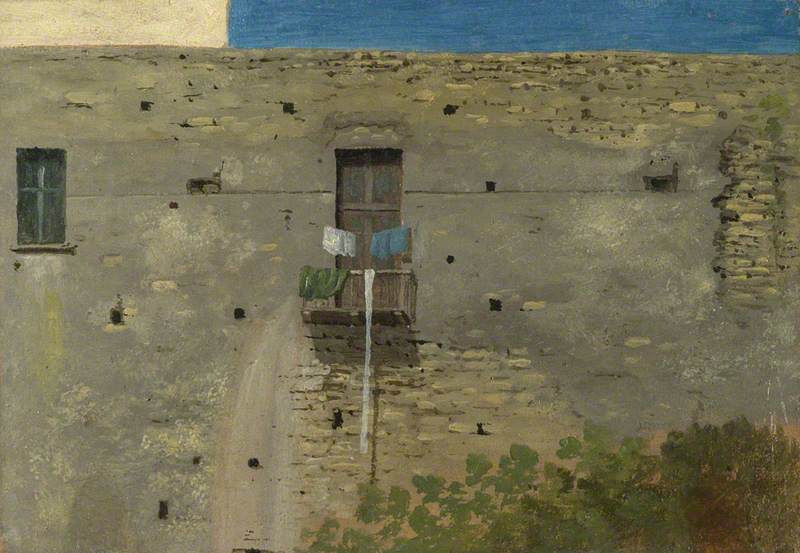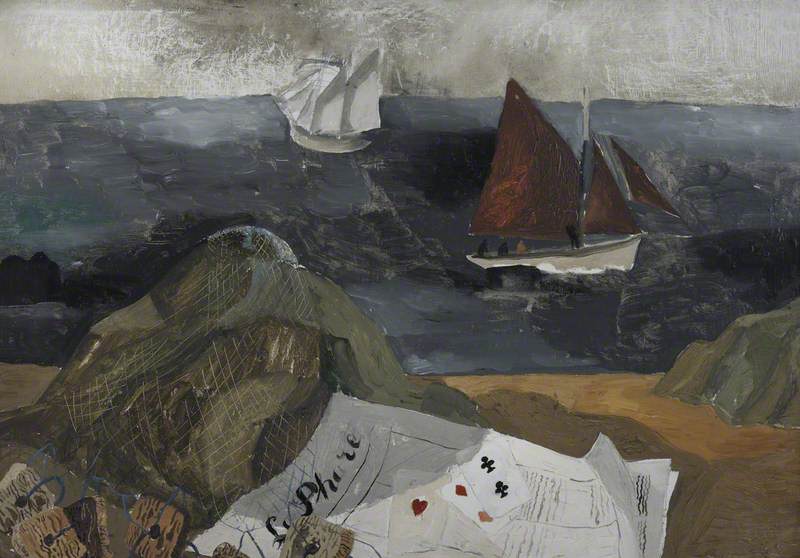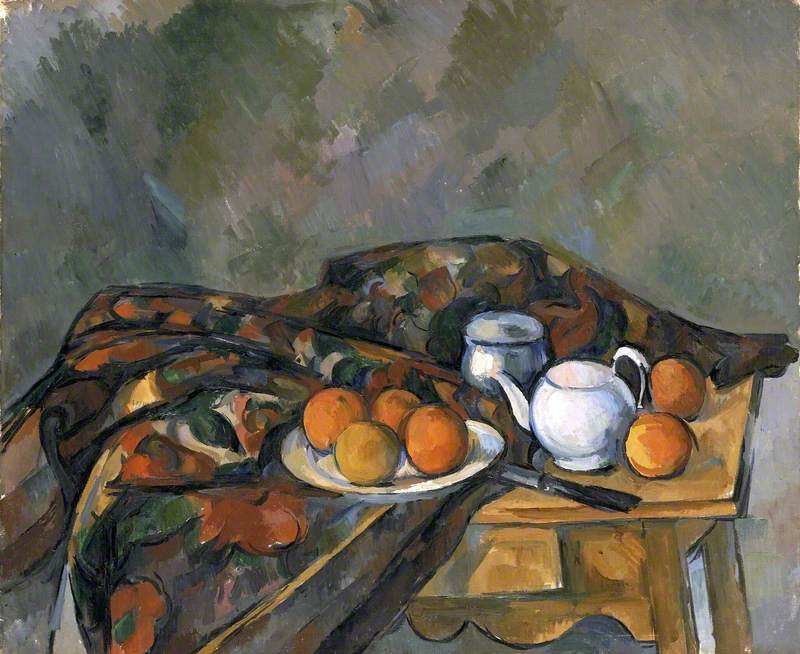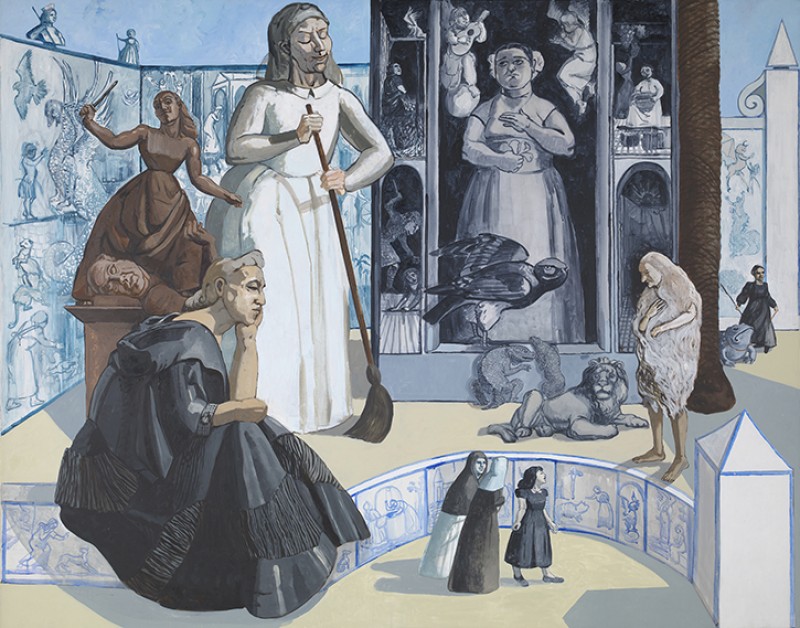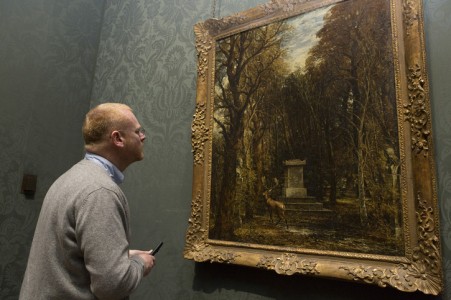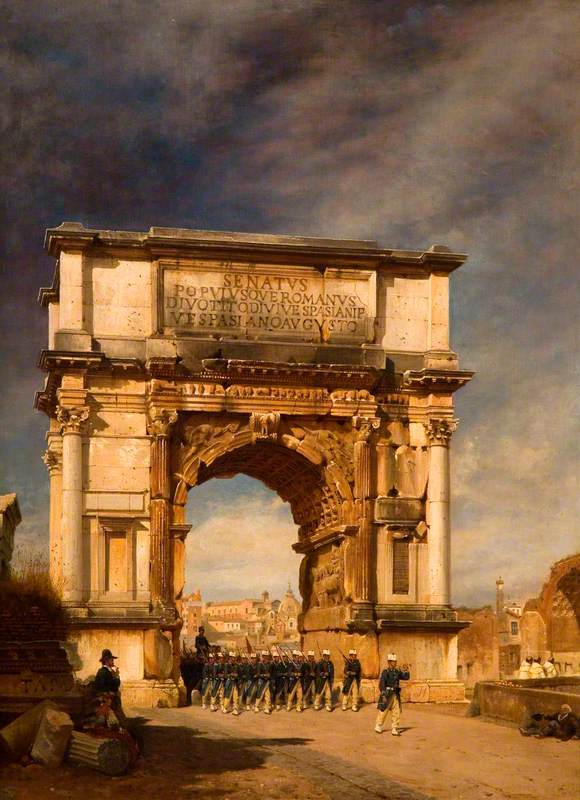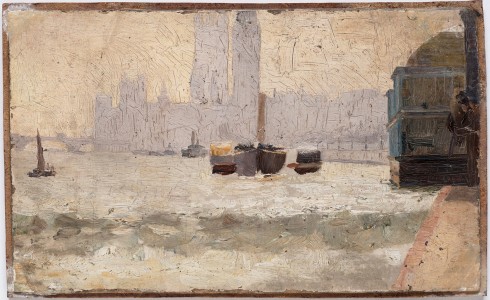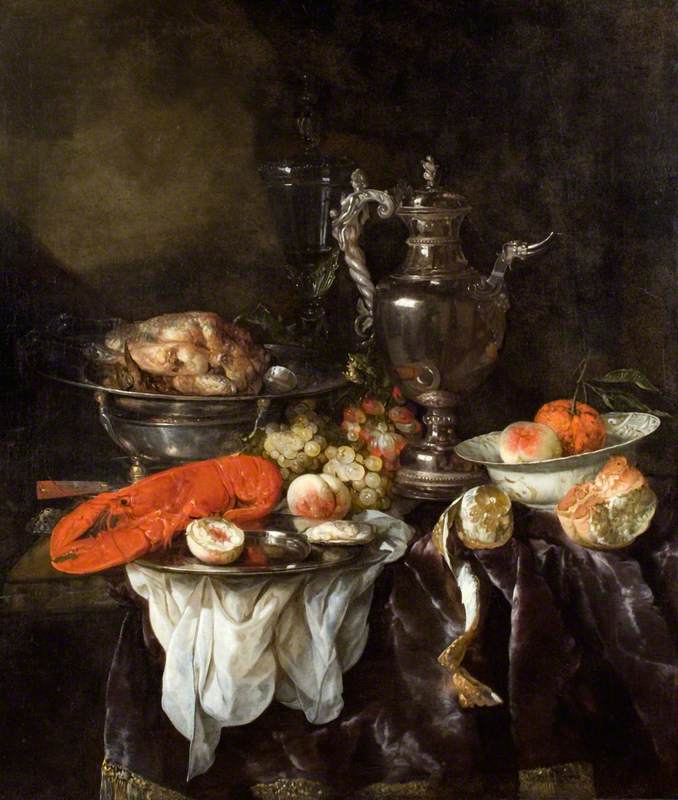It isn’t over till it’s over in art. Vincent van Gogh is the most obvious example of this truth, an artist whose fame and standing is almost entirely posthumous. He’s long been the go-to example if you want to illustrate the idea of an artist being out of sync with history, arriving before a culture’s eyes have adapted to his originality (or, in the case of Van Gogh, departing just a couple of years too early).
We like these stories, not only because we like the idea of justice eventually being done, but also because they are flattering to our sensibilities (so much more clear-sighted than our myopic predecessors). But sometimes this posthumous apotheosis happens not to a painter but to individual paintings. It happened recently to Grave Group from a Surface Interment at Winterslow, Wiltshire, from Salisbury and South Wiltshire Museum, which (along with another Thomas Robert Guest painting) found itself plucked from relative obscurity to feature in Tacita Dean’s 'Still Life' exhibition at The National Gallery in London.
Grave Group from a Surface Interment at Winterslow, Wiltshire
1814
Thomas Robert Guest (1754–1818) 
You can see why the picture appealed to her. There’s a De Chirico strangeness to this assembly of objects isolated on their platter of rock, the way they seem to conjure an absent body, with the corset-like container and the hat-like lid. Across some 120 years the painting talks, on apparently equal terms, with Paul Nash’s similar juxtapositions of simple objects and British landscapes. We look at it and we think 'How modern it seems, in its bold oddity'. But to think that we have to effectively repaint it with fresh intentions. In 1807 Guest published a little handbook for amateur painters called A New Pocket Sketch Book, a compilation of technical tips and compositional precepts; to read it is to encounter a work absolutely unblemished by aesthetic daring or innovation. 'The highest perfection of art', Guest wrote, 'is to hide its appearance'. Indeed the successful picture, he suggested, should be indistinguishable from the objects it depicted.
He painted a useful antiquarian illustration, in other words. We – with the help of subsequent artists – raise it up to the level of an enigma, and cheerfully overlook deficiencies of depiction Guest himself might have agonised over. This journey between what a painting was made for and what it does now can be more ambiguous, though. Dean’s 'Still Life' show also honoured another intriguing example of posthumous stardom, and another instance of a painting more celebrated than its painter.
Thomas Jones’ A Wall in Naples, a little oil sketch made in 1782, was almost certainly not intended as an exhibitable work. Its framing of an unremarkable patch of pock-marked plaster and laundry and brickwork is at odds with any then current landscape tradition. It just wasn’t done to paint this kind of thing in this way. But it’s impossible to look at it without the feeling that Jones recognised its virtues in much the same way that we do. Where Guest is aiming at something else entirely – and accidentally hits surrealism – Jones has identified a new target altogether.
He might have been surprised that it’s this little sketch (and others like it) on which his reputation now rests, rather than his more conventional Italian landscapes, but I think he would feel quietly vindicated too. I suspect Guest just wouldn’t see what we see in him.
Tom Sutcliffe, Arts Broadcaster, BBC Radio 4
